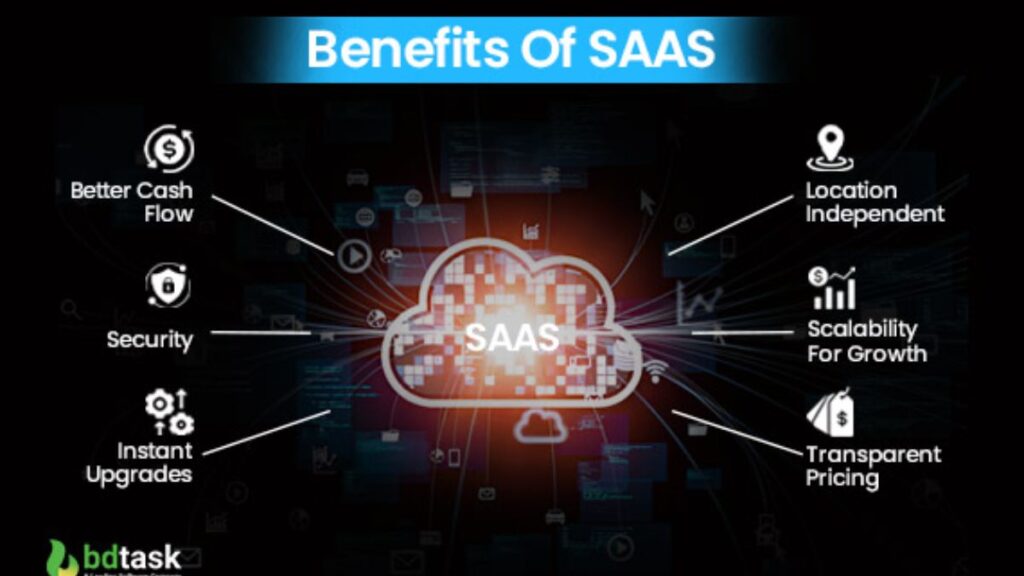In the ever-evolving world of technology, software has become a fundamental part of both personal and professional life. As more businesses and individuals rely on digital tools, the way software is distributed and sold has undergone significant transformation. One of the most notable shifts has been the rise of subscription-based software models, which have rapidly replaced traditional perpetual licensing in many industries. While this new approach offers several advantages, it also introduces certain challenges that can impact both users and developers. In this article, we will explore the benefits and drawbacks of subscription-based software models in detail, examining the impact on users, developers, and the overall software industry.
What is a Subscription-Based Software Model?
A subscription-based software model refers to a pricing structure in which customers pay a recurring fee, typically on a monthly or annual basis, to access and use a software product. This model contrasts with traditional software purchasing methods where users pay a one-time fee for perpetual use. Subscription-based models are often used in Software-as-a-Service (SaaS) platforms, cloud-based applications, and even desktop software that requires frequent updates.
Examples of subscription-based software include platforms like Microsoft 365, Adobe Creative Cloud, and cloud storage solutions like Dropbox and Google Drive. These services allow users to access software and services without the burden of large upfront costs and provide continuous updates and improvements.
The Benefits of Subscription-Based Software Models
1. Lower Initial Cost and Increased Accessibility
One of the most significant advantages of subscription-based software models is the lower initial cost to consumers. In the past, software products often required large, upfront payments, which could be a barrier for individuals or small businesses. For instance, purchasing a full version of Microsoft Office or Adobe Photoshop could cost hundreds of dollars, which made it difficult for people to afford the tools they needed.
With subscription models, users pay a smaller, more manageable recurring fee, which makes software more accessible to a wider audience. This has democratized access to powerful tools, allowing students, freelancers, startups, and smaller businesses to afford high-quality software that they may not have been able to purchase outright.
2. Regular Updates and Continuous Improvement
Another significant benefit of subscription-based models is the promise of continuous updates. Traditional software often required users to purchase new versions or upgrades to benefit from new features, bug fixes, or security patches. This meant that users could end up using outdated versions of software if they were unable or unwilling to pay for the latest release.
Subscription-based models, however, ensure that users always have access to the latest version of the software as long as they continue their subscription. This guarantees that users benefit from the most current features, improved security, and any necessary patches or bug fixes without having to pay for upgrades separately. This model provides peace of mind, as customers know that they are always using the most up-to-date and secure version of the software.
3. Scalability and Flexibility
Subscription-based software models also offer greater flexibility compared to traditional licensing. For businesses, especially small and medium-sized enterprises (SMEs), the ability to scale the number of licenses or features according to their needs is a major advantage. If a business grows and requires more software licenses or access to additional features, they can simply upgrade their subscription tier without needing to purchase a whole new version of the software.
This flexibility also extends to the individual user level. For example, someone may start with a basic plan and then upgrade as their needs grow or as they become more familiar with the software. Additionally, most subscription services allow users to cancel or downgrade their subscription at any time, providing them with more control over their software expenditures.
4. Access to Cloud-Based Services and Collaboration
Subscription-based software often integrates with cloud-based services, providing users with the ability to access their software and data from any location with an internet connection. This is especially important in today’s increasingly remote work environment, where teams need to collaborate on projects from different locations around the globe.
For example, tools like Google Workspace, Microsoft 365, and Adobe Creative Cloud offer cloud-based functionality, enabling real-time collaboration, file sharing, and synchronization across devices. This makes subscription-based software an attractive option for businesses and individuals who require the flexibility to work anywhere, at any time, and with others in real-time.
5. Predictable Costs and Budgeting
For businesses and individuals alike, subscription-based software models often provide a more predictable and manageable way to budget for software costs. Instead of incurring large one-time expenses that may disrupt cash flow or force businesses to delay software purchases, subscription models offer fixed monthly or yearly payments. This allows users to better plan their finances and avoid the financial strain of large, unexpected software costs.
For companies, predictable software expenses can be especially beneficial for managing operational costs and ensuring that the software budget is aligned with other business priorities.
The Drawbacks of Subscription-Based Software Models
1. Ongoing Costs and Cumulative Expenses
While the subscription-based model offers lower upfront costs, the ongoing nature of the payments can lead to higher cumulative expenses over time. For individuals and businesses who use multiple subscription services, the total monthly or annual payments can add up quickly. This is particularly true for users who may not actively need the software but are still paying for access.
In the long run, users may find that they are spending more on subscriptions than they would have with a one-time purchase. This can be a significant downside, especially for users who only need the software for short-term projects or specific tasks.
2. Dependency on Internet Access
Many subscription-based software models rely heavily on cloud-based services, which means that users need a stable internet connection to access the software and their data. While this is not an issue for many users in areas with reliable internet infrastructure, it can be a major drawback in regions with limited or unstable internet access.
For instance, if a user’s internet connection is down or slow, they may not be able to access their software or work on their projects, leading to potential downtime or lost productivity. Additionally, businesses that rely heavily on internet connectivity may face disruptions if their subscription-based software services experience outages or downtime.
3. Feature Lock and Restrictions
Another drawback of subscription-based software models is the potential for feature lock or restrictions based on the tier of subscription. While users benefit from flexibility and scalability, those on lower-tier plans may find themselves limited in terms of functionality. This can be frustrating if users need access to specific features that are only available in higher-priced subscription tiers.
Moreover, some software companies may regularly introduce new features or improvements that are only accessible to higher-paying subscribers. This creates a sense of inequity among users, where those paying more receive premium features while those on lower-tier plans are left with a more basic version of the software.
4. Subscription Fatigue and Management
With the increasing proliferation of subscription-based services, users often experience “subscription fatigue,” where managing multiple subscriptions becomes overwhelming. From streaming services to software tools, it can become difficult for users to keep track of all their subscriptions and ensure they are getting the value they expect.
For businesses, managing multiple software subscriptions for different departments or teams can become cumbersome, especially if those subscriptions are not well coordinated or tracked. Without proper management, organizations could end up paying for unused software or overlapping services, leading to wasted resources.
5. Potential for Price Increases
While subscription models offer predictable costs, users are not immune to price increases. Software companies may periodically raise their subscription fees, which can be frustrating for users who are locked into long-term commitments. For example, a user may have budgeted for a certain monthly or annual cost but may find themselves paying more than anticipated due to a price hike.
While some subscription services offer users the option to lock in their price for a certain period, this is not always the case, and price increases can become a major point of contention for long-term subscribers.
Conclusion
Subscription-based software models have undeniably transformed the way software is distributed and consumed. By providing lower upfront costs, continuous updates, greater flexibility, and cloud-based collaboration, these models offer significant advantages for both individuals and businesses. However, they also introduce challenges such as ongoing costs, dependency on internet access, feature restrictions, and the potential for price increases.
Ultimately, the decision to adopt subscription-based software depends on the specific needs and preferences of the user. While subscription models offer many benefits, users must weigh these against the potential drawbacks to determine whether this model aligns with their long-term goals. As the software industry continues to evolve, it will be interesting to see how subscription-based models develop and whether new pricing structures emerge that address some of the concerns raised by users.



